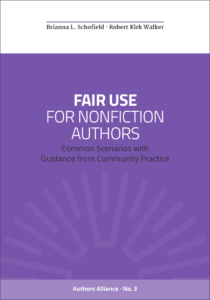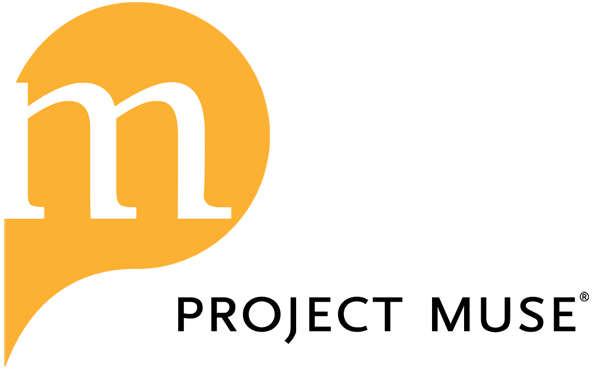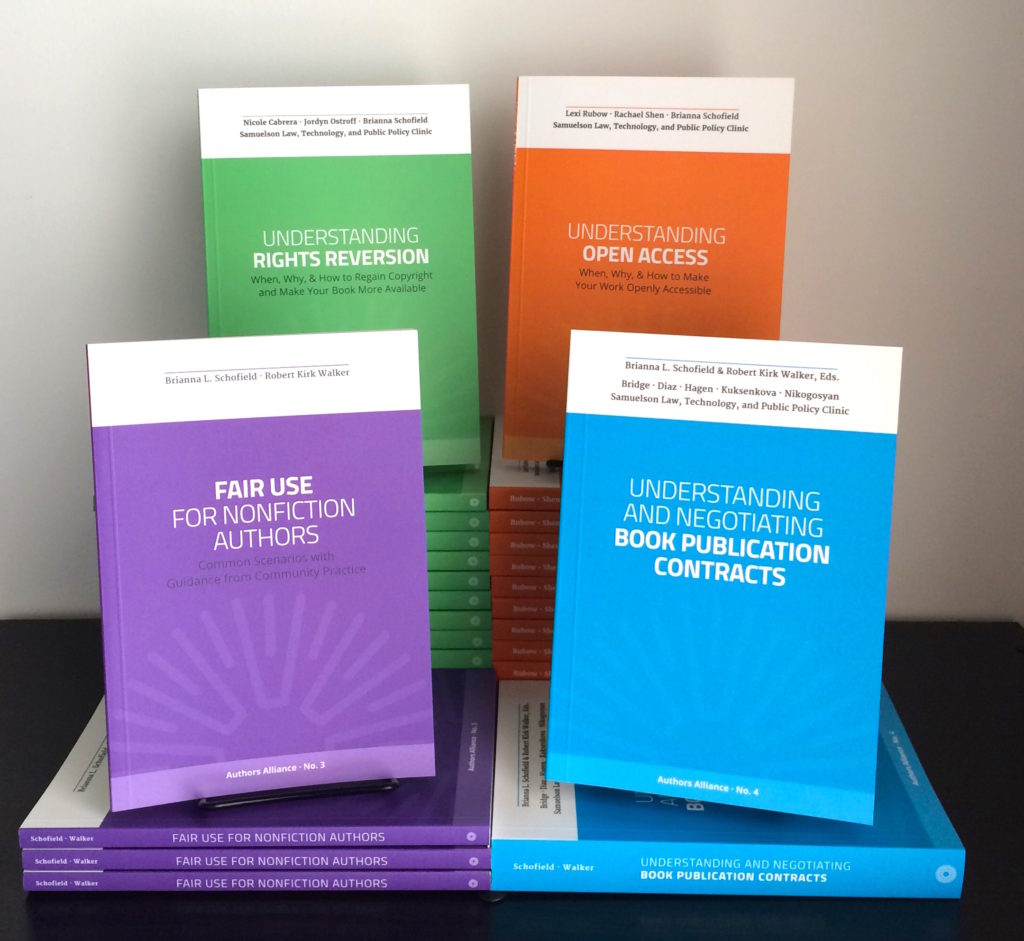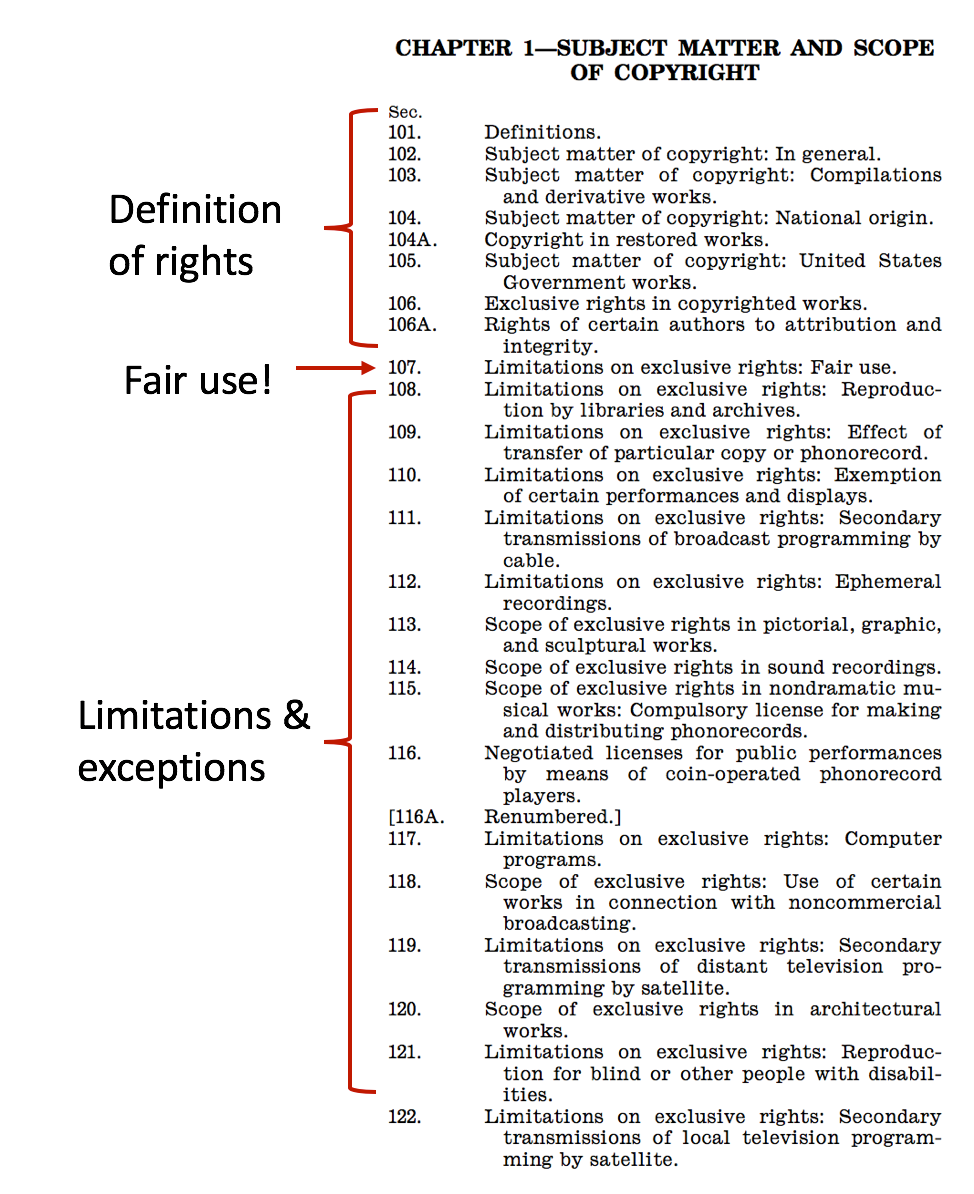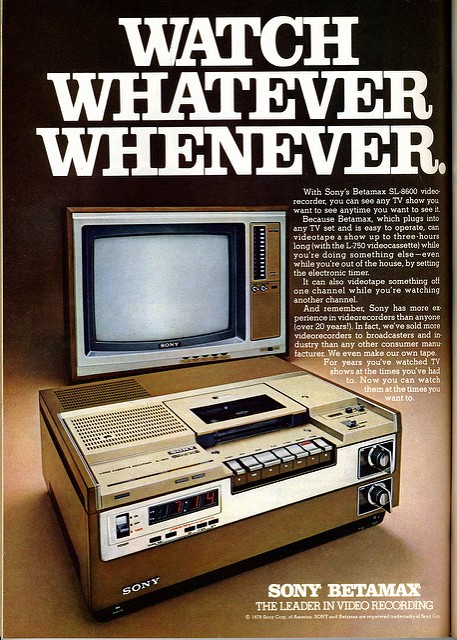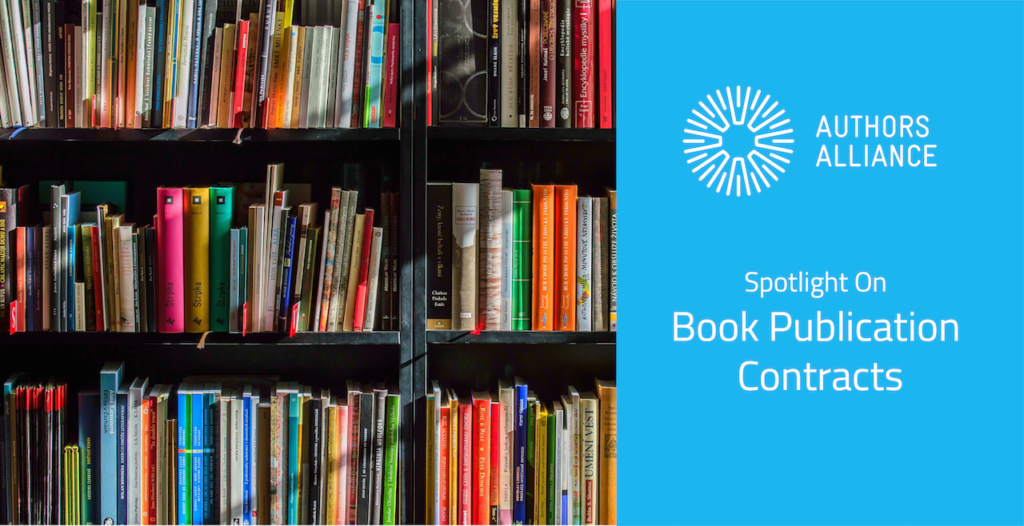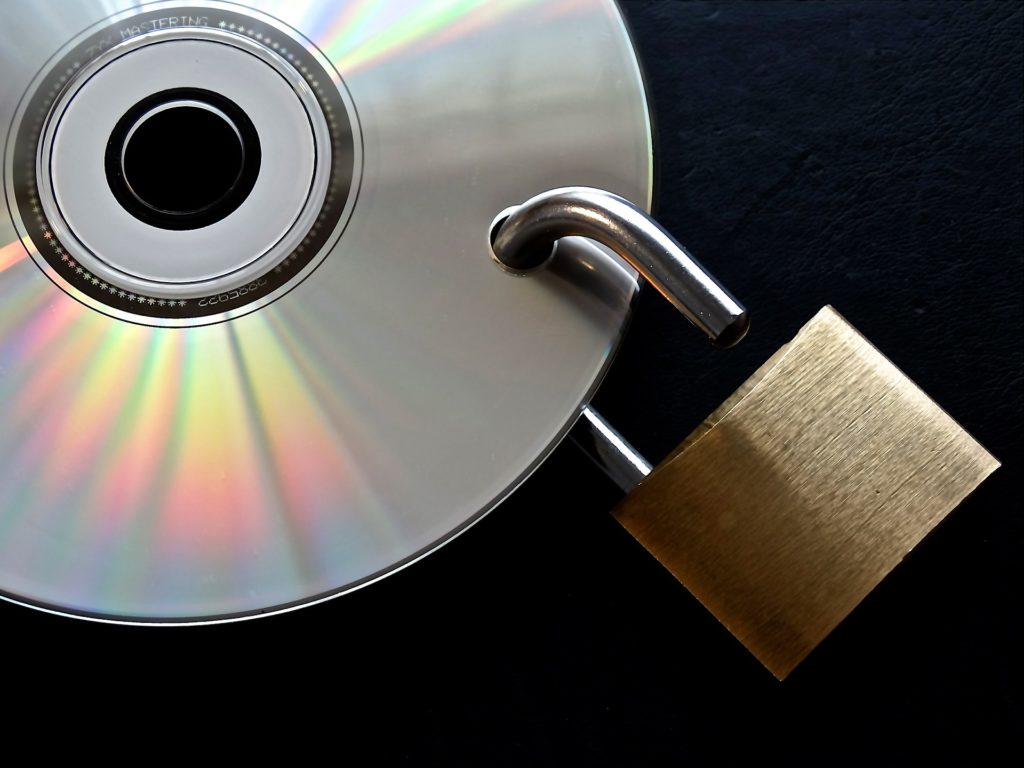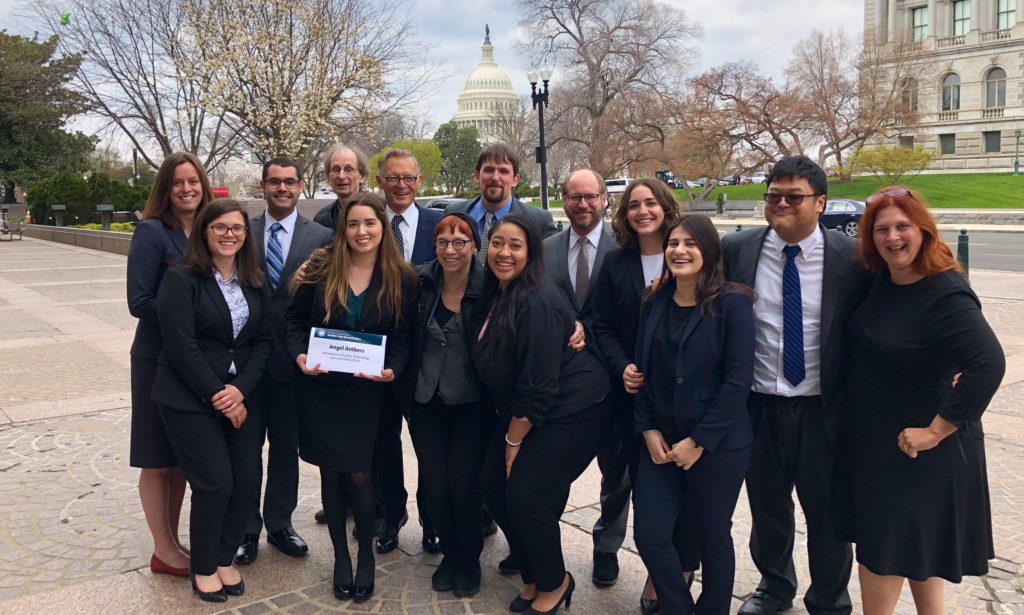The following post is part of a series entitled “Misleading on Fair Dealing,” by Professor Michael Geist of the University of Ottawa. Here, Geist shares his recent testimony before the House of Commons’ Standing Committee on Canadian Heritage. Canada is currently considering a comprehensive copyright review, and these comments shed light on the issues surrounding educational uses of copyrighted content. Authors Alliance has been actively following this and other discussions of fair use and educational limitations and exceptions to copyright, both in the U.S. and abroad. We thank Professor Geist for sharing his testimony with our readers; the original post can be viewed here.
___________________________________________________________________________________
I appeared yesterday before the Standing Committee on Canadian Heritage via videoconference as part of its study on remuneration models for artists and the creative industry. The Heritage study is designed to provide additional context and information for the Industry committee’s copyright review. My opening statement is posted below. It focused on recent allegations regarding educational copying practices, reconciled the increased spending on licensing with claims of reduced revenues, and concluded by providing the committee with some recommendations for action. An audio version of the opening statement is posted here.
Good afternoon. My name is Michael Geist. I am a law professor at the University of Ottawa, where I hold the Canada Research Chair in Internet and E-commerce Law, and I am a member of the Centre for Law, Technology, and Society. I appear in a personal capacity as an independent academic representing only my own views.
I am sorry that I am unable to appear in person but I am grateful for the opportunity to participate in your study on remuneration models via videoconference.
I have been closely following the committee’s work on this issue, which will undoubtedly provide valuable input to the INDU committee’s copyright review. Last week I was dismayed to hear witnesses claim that Canada’s teachers, students and educational institutions are engaged in illegal activity. This claim is wrong and should be called out as such.
I’d like to address several of the allegations regarding educational copying practices, reconcile the increased spending on licensing with claims of reduced revenues, and conclude by providing the committee with some recommendations for action.
First, notwithstanding the oft-heard claim that the 2012 reforms are to “blame” for current educational practices, the reality is the current situation has little to do with the inclusion of “education” as a fair dealing purpose. You need not take my word for it. Access Copyright was asked in 2016 by the Copyright Board to describe the impact of the legal change. It told the Board that the legal reform did not change the effect of the law. Rather, it said, it merely codified existing law as interpreted by the Supreme Court. While I think that the addition of education must have meant something more than what was already found in the law, its inclusion as a fair dealing purpose was better viewed evolutionary rather than revolutionary.
Second, the claim of 600 million uncompensated copies – which lies at the heart of the allegations of unfair copying – is the result of outdated guesswork using decades-old data and deeply suspect assumptions.
The majority of the 600 million – 380 million – involve K-12 copying data that dates back to 2005. The Copyright Board warned years ago that the survey data is so old that it may not be representative. Indeed, it is so old there are cabinet ministers who could have been the actual students in the K-12 schools at the time they were last surveyed on copying practices.
Of the outdated 380 million, 150 million involves copies that were over-compensated by tens of millions of dollars as determined by the Copyright Board and upheld by the Federal Court of Appeal. Education has had to file a lawsuit to get a refund of those public dollars. I can only imagine the public response if the federal government was found to have overpaid for services by tens of millions of dollars and it failed to take action to recoup that money.
The remaining 220 million comes from a York University study, much of which as old as the K-12 study. Regardless of its age, however, extrapolating some dated copying data from a single university to the entire country is not credible. It would be akin to sampling a few streets in Ms. Dabrusin or Mr. Blaney’s ridings and concluding that they are representative of the entire country.
Third, the committee has heard suggestions that the shift from print coursepacks to electronic course material systems (CMS) is irrelevant from a copying perspective. This is wrong. The data is unequivocal: printed coursepacks have largely disappeared in favour of digital access. For example, the University of Calgary reports that only 53 courses used printed coursepacks last year for a student population of 30,000.
Why does this matter? Three reasons:
First, as universities and colleges shift to CMS, the content used changes too. For example, an Access Copyright study at Canadian colleges found that books comprised only 35% of materials. The majority was journals and newspapers, much of which is available under open access licenses or licensed by other means.
Second, the amount of copying with CMS is far lower than with print. While Access Copyright argues there should be a one-to-one ratio – for every registered student the assumption should be that every page is accessed even for optional readings – the data (and common sense) tells us this is unlikely.
Third, CMS allows for the incorporation of licensed e-books. At the University of Ottawa, there are now 1.4 million licensed e-books, many of which involve perpetual licences that require no further payment and can be used for course instruction. Tens of thousands of the e-books are from Canadian publishers and in many instances universities have licensed virtually everything offered by those Canadian publishers.
What this means is that the shift from an Access Copyright licence is not grounded in fair dealing. Rather, it reflects the adoption of licenses that provide both access and reproduction. These licences get universities access to the content and the ability to use it in their courses. The Access Copyright licence offers far less, granting only copying rights for materials you already have.
With the increased spending, why do some report reduced revenues? There may be several reasons.
First, licensing is often perpetual, meaning that payment comes once, not as an annual royalty.
Second, many works aren’t being used or copied. UBC reports that 69% of their physical items have not been used since 2004.
Third, despite the shift to digital, Access Copyright’s Payback system excludes all digital works. In terms of eligibility, its rules exclude “blogs, websites, e‐books, online articles and other similar publications. Only print editions can be claimed.” Moreover, the Payback system also excludes all works that are more than 20 years old on the grounds that they are rarely copied.
Fourth, Access Copyright has refused to adopt transactional licences, thereby sending licensing money elsewhere. Education is spending millions each year on transactional licensing which permits copying for a specific course, yet Access Copyright has not entered that market.
Fifth, consistent with what this committee heard from Bryan Adams, it may be that part of the problem lies with the relationship between authors and publishers, with authors under-compensated for the digital revenues.
Let me conclude with a few thoughts on solutions on remuneration.
First, efforts to force the Access Copyright licence on educational institutions through statutory damages reforms should be rejected. Education should be free to pursue the best licences the market offers, an approach that is in the best interests of both education and authors. At the moment, that comes directly from publishers and other aggregators, not Access Copyright.
Second, the government should work with Canadian publishers to ensure their works are available for digital licensing either in bundles or through transactional licenses. Given that digital licenses are sometimes the only source of revenue – Access Copyright’s Payback doesn’t compensate for older works and print sales of old books is typically non-existent – embracing the digital opportunities with a forward looking approach may be the only revenue source for some authors.
Third, governments should continue to pursue alternative publishing approaches that improve both access and compensation. For example, last week’s Economic Update announcement of funding for creative commons licensed local news should be emulated with funding for open educational resources that pays creators up front and gives education flexibility in usage.
Fourth, non-copyright policies must be examined. For example, how is that Canadian content rules for film and television production still treat Canadian book authors as irrelevant for Cancon qualification?
Despite the criticism, the 2012 reforms were about establishing rules to foster a digital market for the benefit of all stakeholders. It is still early in the process, but we have already seen a huge shift to digital for both education and the publishing industry, with hundreds of millions spent on digital licensing. That’s a win for everyone except for an outdated licence that now offers little value when compared to other market and legal options.
___________________________________________________________________________________
Michael Geist is a law professor at the University of Ottawa, where he holds the Canada Research Chair in Internet and E-commerce Law and is a member of the Centre for Law, Technology and Society. His website, michaelgeist.ca, provides coverage of intellectual property, technology, and copyright issues in Canada.

